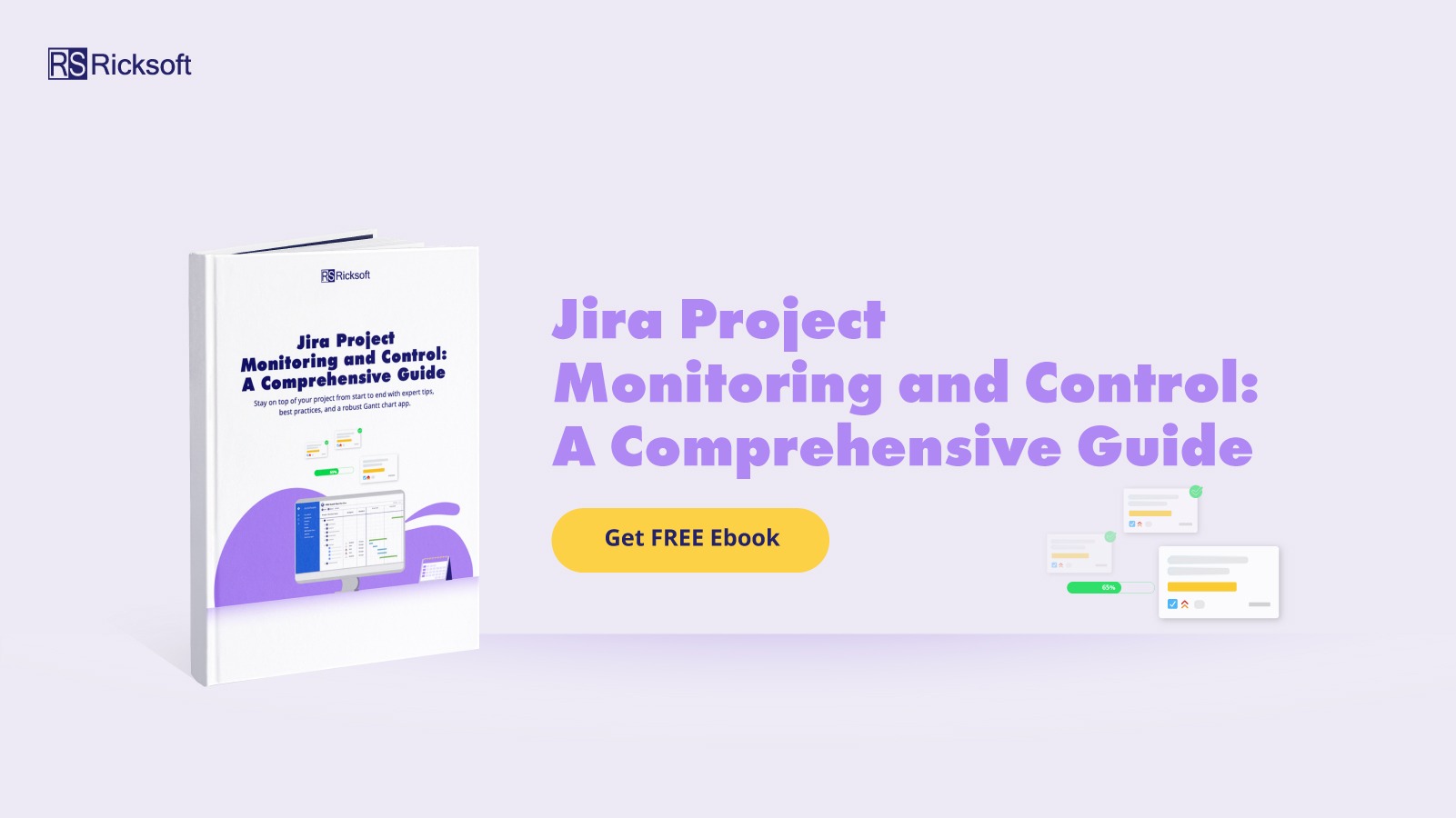On paper, Confluence seems the ideal solution for teams to share knowledge with each other. Since it can be scaled to fit any team’s size while storing vast quantities of content, this sentiment is understandable. But look deeper and a lingering menace remains: disorganization.
Even the grandest libraries would be useless if their contents weren’t organized properly by their librarians. The same can be said here, but in place of librarians, we have admins.
Below, we’ll go through why content organization is crucial before walking you through Confluence’s key elements. Afterward, we’ll delve into the best practices you should know as an admin.
Why Confluence Space Organization Is Important
Confluence is intended to be a centralized, shared knowledge base for teams across an organization. Users will frequently refer to Confluence as a source of information and collaboration, both being key components for success.
The last thing you’d want is to cause further confusion and delays! Keeping things organized is a sure way to avoid this.
A well-organized Confluence instance can achieve the following:
- Allows users to readily access what they require, reducing time spent on needless searching.
- Helps you track content that is in need of an update (e.g., outdated information).
- Helps you identify and delete obsolete/duplicate content which will help save storage space and declutter.
Elements of Confluence
Each element of Confluence serves a different purpose. Only by familiarizing yourself with them will you be able to take full advantage of Confluence and organize it better. Here are some of the most important elements:
Instances
To use the analogy of a library, an instance is akin to a library itself. By extension, instances contain everything your organization may need from spaces to the pages within. Of course, you can still have multiple instances if necessary, depending on your situation (e.g., needing an additional instance for sensitive information).
Spaces
If an instance is a library, then a space is a book. Spaces are often organized into well-defined categories and act as mediums that store your pages. For example, you could create a space solely for your accounting team, and another for your marketing team. In here, you’ll find pages on financial records and product brochures accordingly. You can further create spaces for each ongoing project and even separate your external, client-facing spaces from your internal organization-wide spaces.
Pages
Pages serve as the home for whatever information and content your team may have, from how-to guides to internal company policies. They play an integral part in collaboration within and between teams. They can be freely edited by anyone with the necessary permissions, designed to suit any purpose (check out Atlassian’s templates), and organized based on labels.
Disorganization is also something that’s endemic to poor project management. To avoid this, equip yourself with all the necessary knowhow when it comes to project monitoring and control in our free e-book today!
How to Organize Confluence Spaces
Every space begins with a blank canvas that can lull admins into a false sense of security. It’s easy to think that with so little, it’d be difficult to make a mess. But without being aware of effective organization, as content volume increases over time, the potential mess also grows larger if left unchecked.
Now it’s time to delve into the best practices when it comes to Confluence organization.
Parent and Child Pages
As an admin, understanding parent and child pages is vital. Atlassian also recommends this to keep things consistent and structured. You can understand it like this – imagine a tree; parent pages are the tree itself and the child pages are its branches. You can also visualize this hierarchically with the parent page being at the top and the child pages being everything underneath. Parent pages do two things: they keep things tidy by informing everyone where certain content goes and by extension, ensure that content can be found easily.
Labeling
Labels are unassuming yet incredibly useful when it comes to searchability. These are essentially keywords you can include on pages that will categorize your content accordingly. Proper labeling will enable you to list out all pages that have been labeled and search for pages possessing that label. That said, make sure you use consistent labeling to bring out the most of it.
Use the Sidebar
Often overlooked, the sidebar is just as crucial as anything else Confluence has. Think of it as a compass to navigate through your spaces. With the sidebar, you’ll be able to do a number of things such as linking content that you feel should be readily accessible. Likewise, you can also omit unnecessary content which you think might clutter the sidebar.
Teamwork
Ever hear the saying, teamwork makes the dream work? You should ensure everyone is on the same page when it comes to organization; it isn’t only your job to keep things neat! Nonetheless, you have to properly onboard users by providing them the required permissions and by periodically following up on whether they’re aware of general housekeeping practices.
Permission Setting
Being an admin also means knowing that a little knowledge can be too much, or in this case, access. With permissions, you must make certain that only essential users are given the required permissions to access or edit a page. By restricting things and selectively granting access, you minimize the risk of users making undocumented changes that could cause confusion.
Add-Ons
As solid as Confluence is, you should consider using add-ons to bolster your experience. An ideal solution can both enhance your work by adding functionalities that Confluence isn’t equipped to do out-of-box and make your life easier.
Our Space Sync for Confluence is an excellent example. Designed to tackle the challenge of keeping content synced across different spaces and sites, you’ll be able to seamlessly sync selected pages along with all of their titles, attachments, tables, macros, and more. Best of all? There’s a free trial available! You can learn more about it here.
Next Steps
Effective Confluence organization isn’t something that can be achieved within a few days. It’s an arduous process that takes months to bear fruit.
To kickstart your journey, why not try out Space Sync for Confluence to see how it could benefit your organization?


